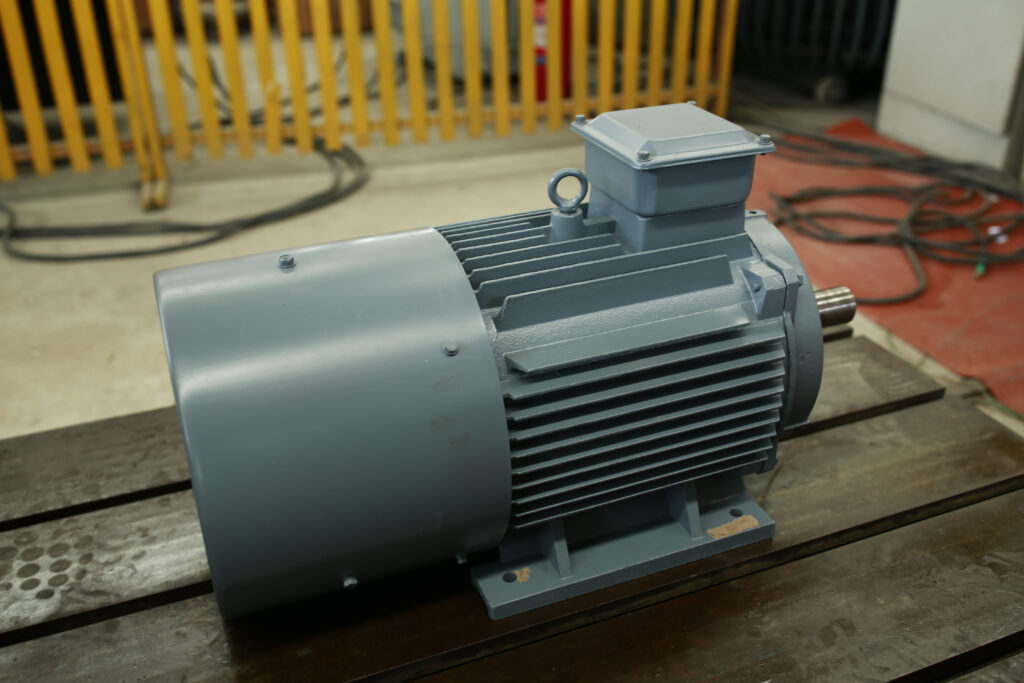A Permanent Magnet Alternator is an electric generator that is used to convert mechanical energy to AC electrical energy. The use of a permanent magnet in place of a field coil is a distinct new process that has grown in popularity over the years. High-quality permanent magnet alternators are increasingly being deployed in modern technological applications including commercial and industrial electrical energy generation, flywheel storage systems, air-conditioning, and heating and traveling wave tubes.
How Does a Permanent Magnet Alternator Work?

A permanent magnet alternator does not require a DC supply for an excitation circuit, nor does it need to have slip rings or contact brushes. Permanent magnets are embedded in the steel rotors creating a constant magnetic field. The stator-carried windings are connected to an AC supply to produce a rotating magnetic field. At a synchronous speed, the rotor poles lock to the rotating magnetic field. The rotor and the magnetic field rotate at the same speed because the magnetic field is generated through a shaft-mounted permanent magnet mechanism while the current is induced into the fixed frame.
There are two kinds of assemblies of permanent magnet alternators: one with an internal rotor and external stator and the other with internal stator and external rotor. The permanent magnet alternators with external stators give better performance in terms of power-to-weight and torque-to-weight features.
The constant flow of current results in the machine heating up, and that is why the cooling process is essential to an alternator’s efficiency. In order to aid in heat dissipation, most alternators have vents on both the front and side while some modern alternators have cooling fans inside them which operate the same way, using mechanical power from the rotating blade shaft.
Why Do You Need Permanent Magnet Alternators?

Steam, gas, hydro, and some types of wind turbines use permanent magnet alternators because of their inherent simplicity, dependability, and consistent performance. PMAs are also used in cars, motorbikes, aircraft engines as well as home appliances such as lawnmowers and chain saws. A permanent magnet alternator is also lightweight, portable, and less space-consuming, which is why they represent a very viable alternative to conventional generators.
Furthermore, unlike generators which consume all the energy that is produced, alternators use only the minimum amount of energy, conserving more power and helping you save on your electricity bills. A permanent magnet alternator also creates continuous power irrespective of the power demand and therefore it has better load management than conventional generators.
Advantages of Permanent Magnet Synchronous Generator :
- Construction is simple.
- It is robust.
- Cheaper In cost.
- No excitation system is required (as permanent magnets).
- High frequency.
- Low loss.
- No gearbox is needed.
- Power converters regulate voltage and active and reactive power flow.
- The power factor is controlled.
Disadvantages of Permanent Magnet Synchronous Generator :
- The difficulty of non-availability of large-size permanent magnets is so useful for small/medium-size wind power plants only.
- Possibility of the de-magnetization permanent magnet.
- Complicated structural dynamics.
- Need a cooling system to maintain temperatures within limits.